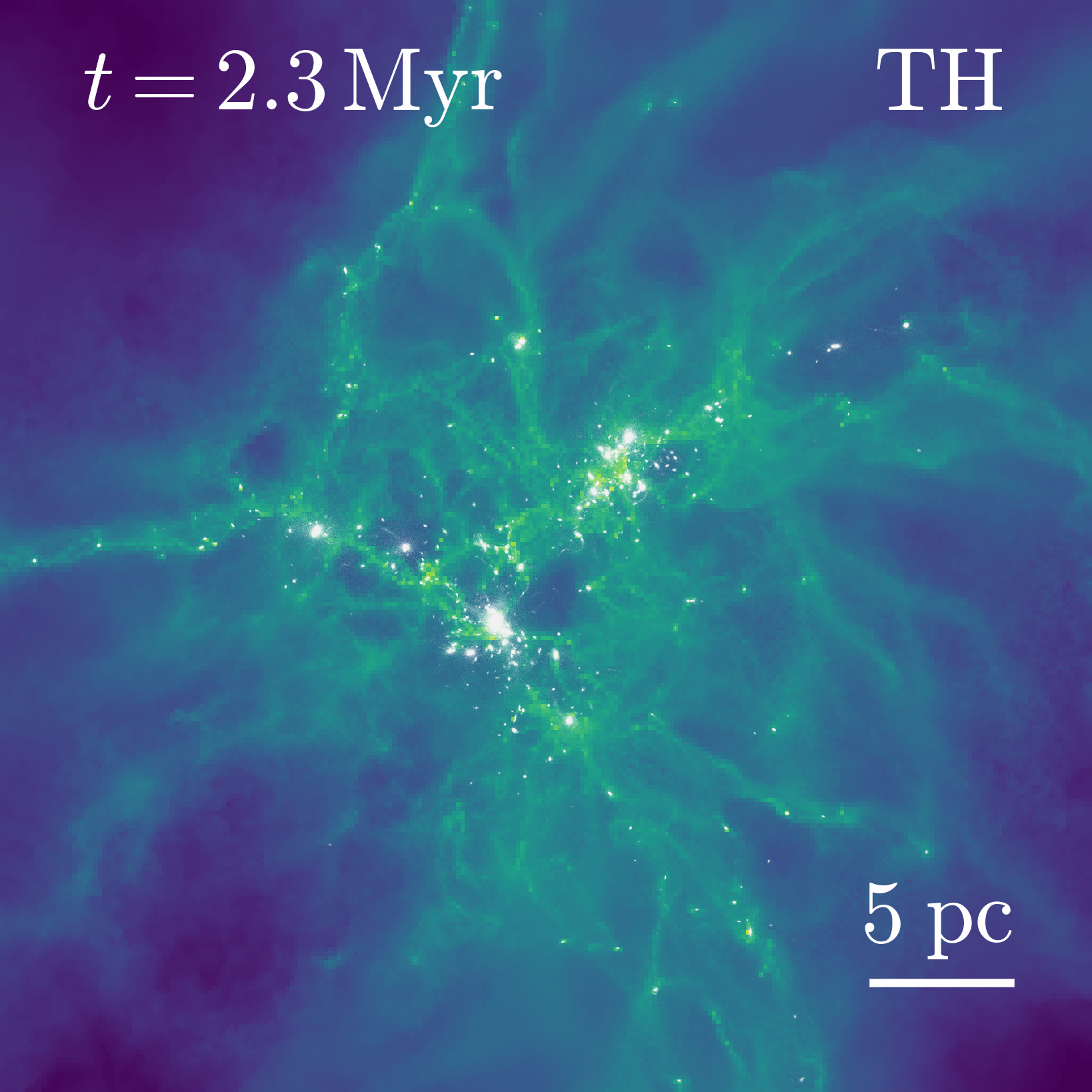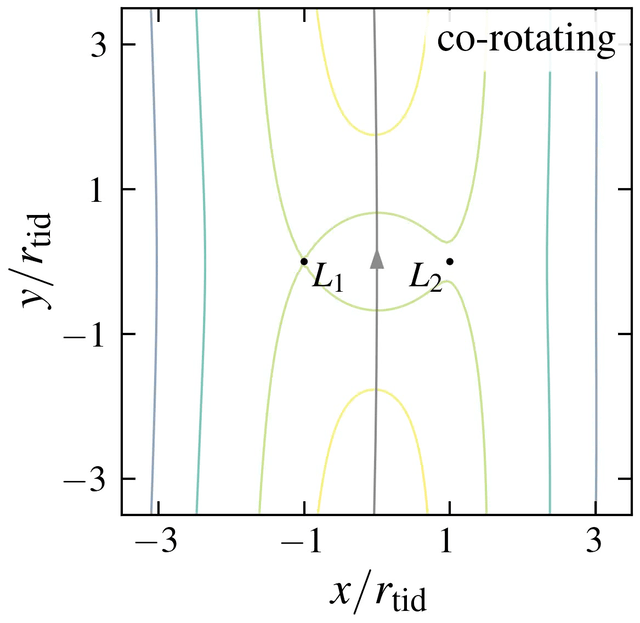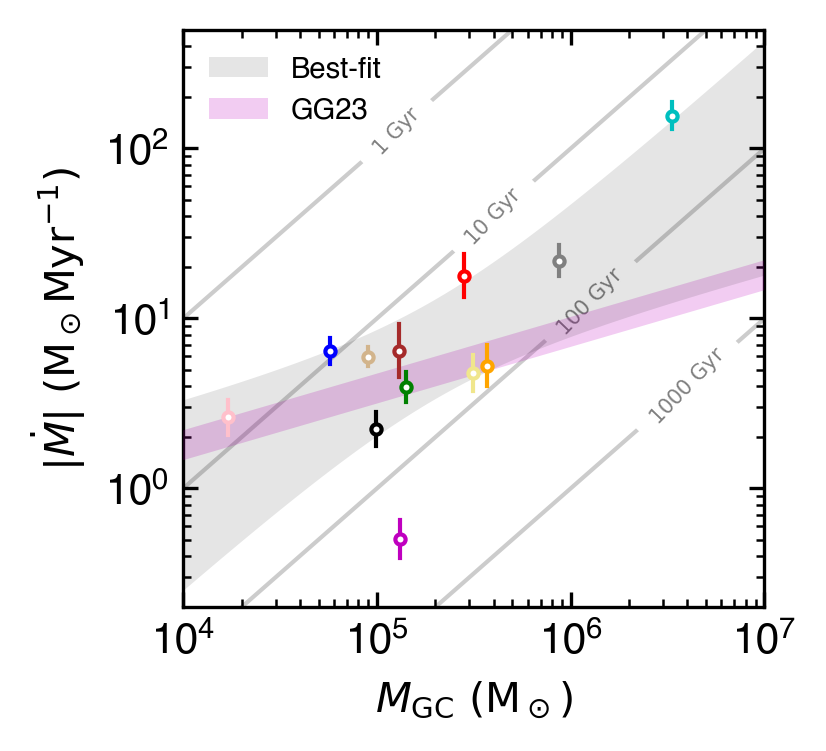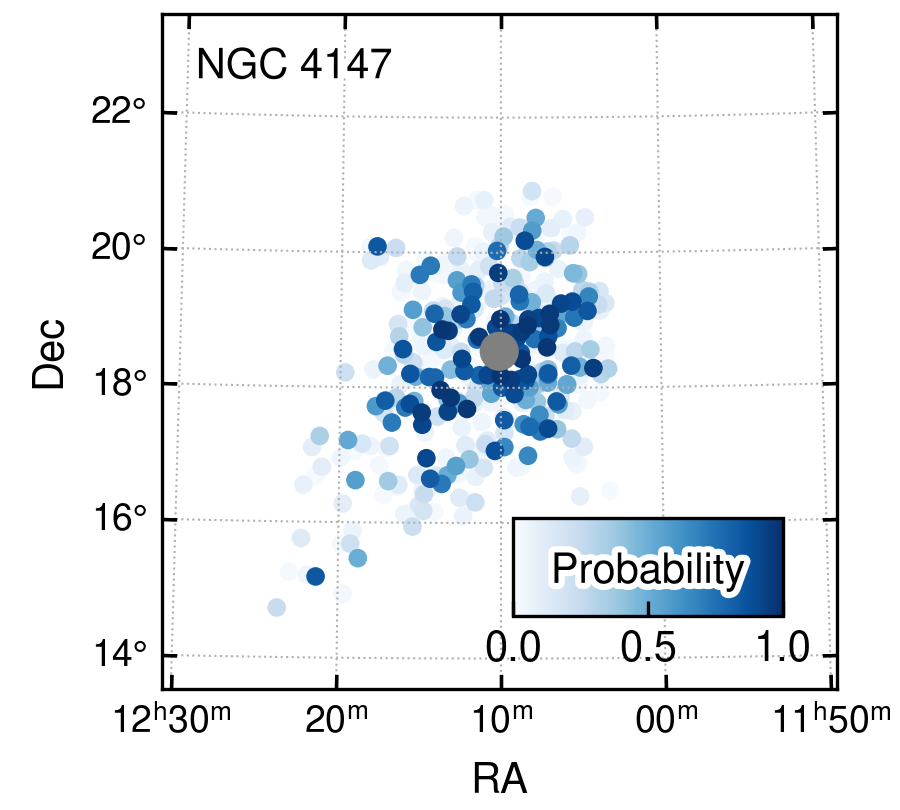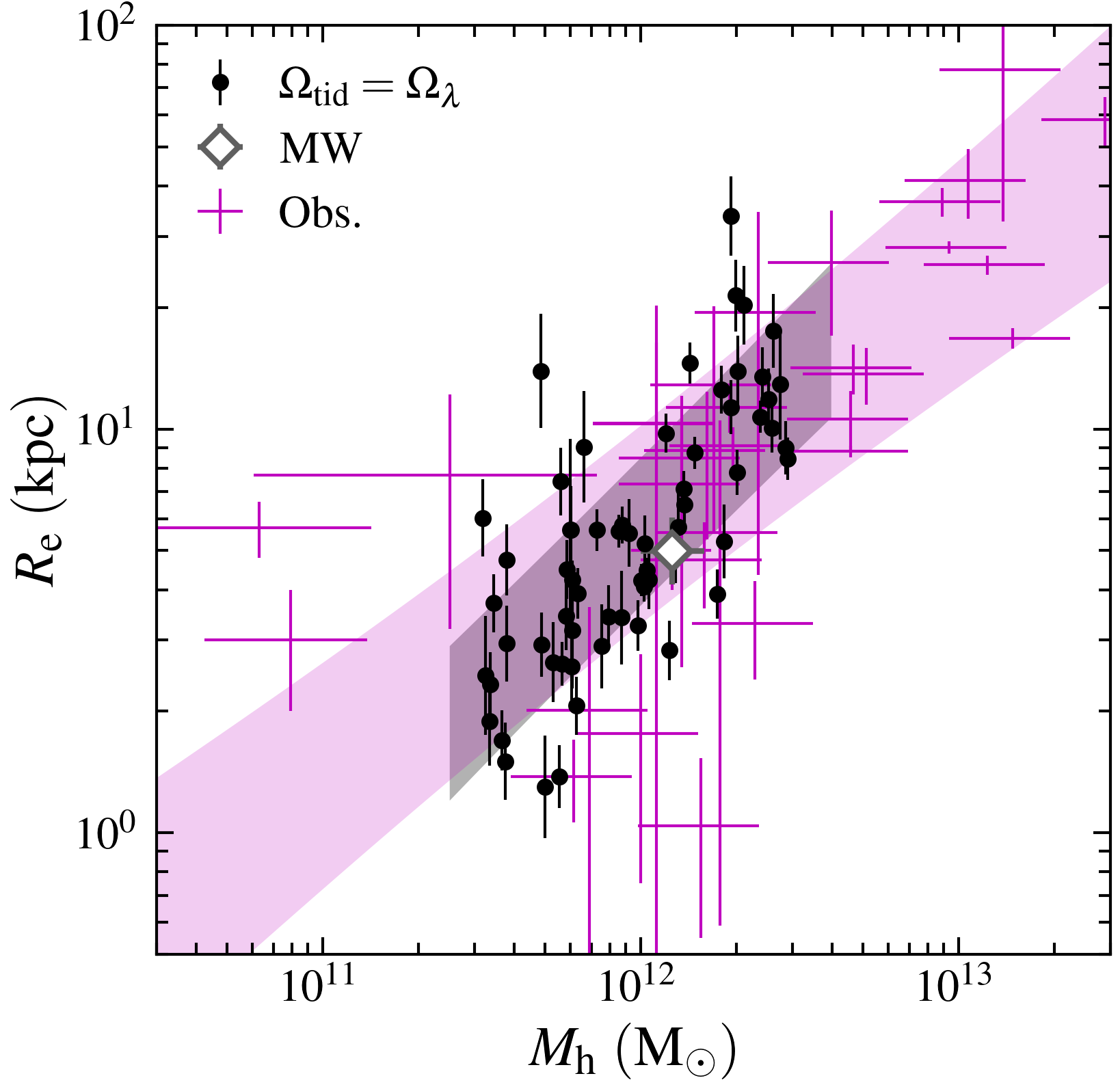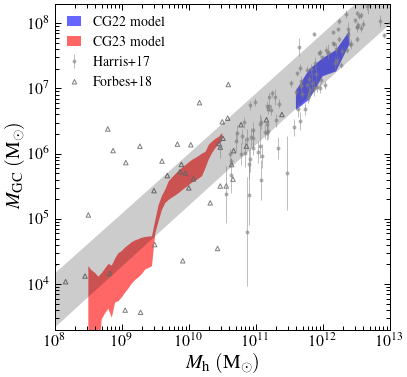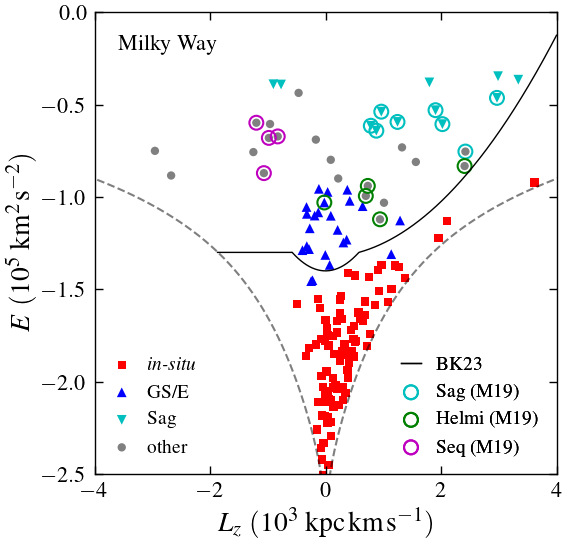Formation of star clusters
Giant molecular clouds are the cradles of star clusters, in which most stars form, particularly in the early Universe. Understanding the modes and the efficiency with which stars and clusters form remains a central challenge in modern astrophysics.
Formation of massive star clusters in giant molecular clouds
Chen, Li, and Vogelsberger (2021)
We perform a suite of hydrodynamical simulations to investigate the effects of initial density profiles on the evolution of star clusters in giant molecular clouds using the moving-mesh code Arepo. We find that the uniform profile follows a "hierarchical" cluster formation mode, while the steep power-law profiles show an "accretion" dominated mode. These two cluster formation modes lead to different proprieties of the most massive clusters in giant molecular clouds.
Figure: "hierarchical" mode of cluster formation.
Simulating clustered star formation in cosmic morning
We develop a continuous star cluster formation model in the cosmological hydrodynamic code ART to simulate the effects of clustered star formation during the cosmic morning (z = 3 - 10) on the observational properties of the earliest galaxies by the Hubble and James Webb Space Telescopes. This is a work in progress.
Animation: formation of a high-redshift spiral galaxy.
